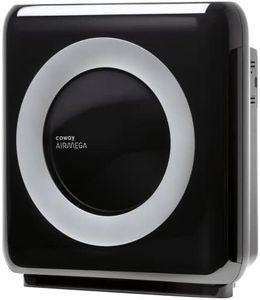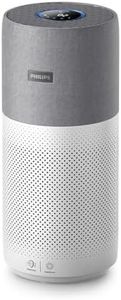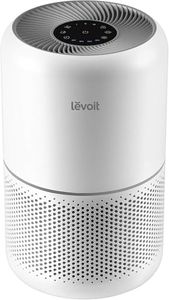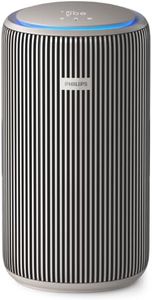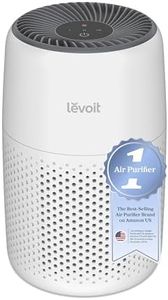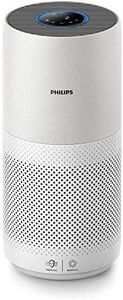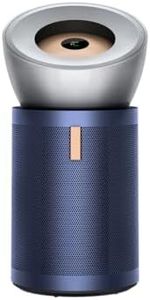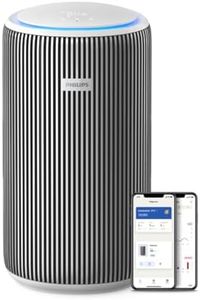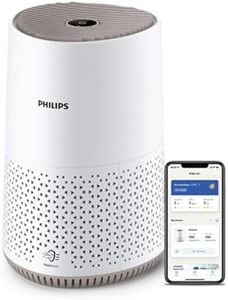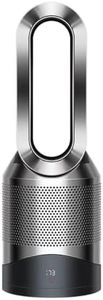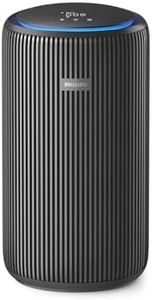We Use CookiesWe use cookies to enhance the security, performance,
functionality and for analytical and promotional activities. By continuing to browse this site you
are agreeing to our privacy policy
10 Best Air Purifier
From leading brands and best sellers available on the web.Buying Guide for the Best Air Purifier
Selecting an air purifier is all about matching your needs to the right features, ensuring cleaner air and a healthier home environment. The key is to understand what you want to filter (like dust, pollen, pet dander, smoke, or even odors), the size of the space you’d like to purify, and how easy the device will be to use and maintain. By focusing on how each feature relates to your personal health concerns or living situation, you’ll be able to find a machine that truly improves your air quality.Filter TypeThe filter is the heart of any air purifier, removing unwanted particles from the air. Common types include HEPA filters, which capture fine particles; activated carbon filters, which absorb odors and gases; and pre-filters for larger debris. Some models also have UV or ionizer functions for additional germ removal. HEPA filters are best for allergies and dust, carbon is good for smells and smoke, while UV or ionizers can help with germs. Choose the filter type that targets the pollutants most concerning to you.
Room Coverage (CADR and Area)Room coverage tells you the size of the area the air purifier can effectively clean, often measured in square feet or meters, and sometimes represented by the Clean Air Delivery Rate (CADR), which indicates the speed at which air is cleaned. Small purifiers suit bedrooms or offices, medium ones fit living rooms, and large or multiple units are needed for open spaces or whole homes. Match the purifier's coverage to your room size for best performance; an undersized machine won’t clean air efficiently.
Noise LevelNoise level, measured in decibels (dB), tells you how loud the air purifier will be when it's running. Quieter units are suitable for bedrooms or workspaces where silence matters, while higher noise levels may be fine for living areas or if you don’t mind background hum. If you're sensitive to noise, look for a purifier with a low dB rating or one that offers a 'sleep' or 'quiet' mode.
Maintenance and Filter ReplacementAir purifiers require regular maintenance, mostly involving cleaning and replacing filters. Some units need new filters every few months, while others last longer; some have filter change indicators. If you prefer low upkeep, look for longer-lasting filters or easy-access designs. Choose according to how much time and effort you're willing to spend maintaining the machine.
Additional FeaturesExtra features include air quality sensors, smart controls or app integration, timers, display screens, and different speed settings. While not essential, these can add convenience or better customize your experience. If you like automation or want to track your air quality, prioritize smart or sensor features.


